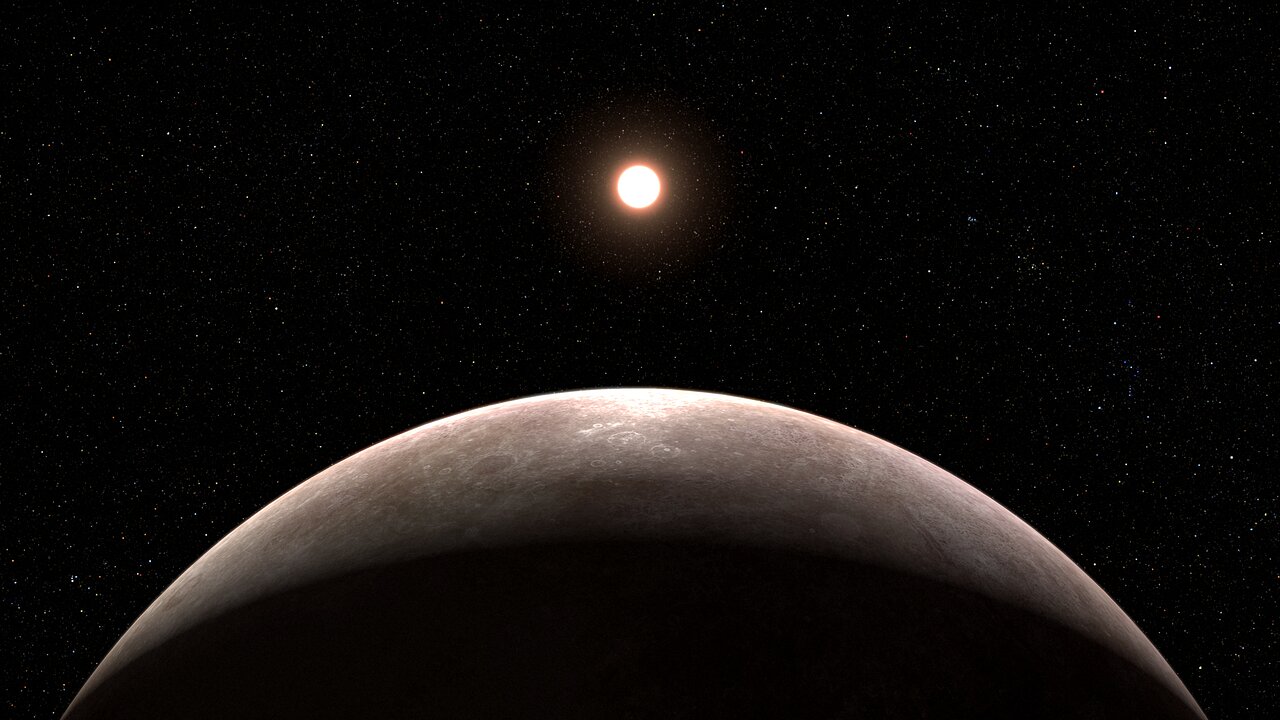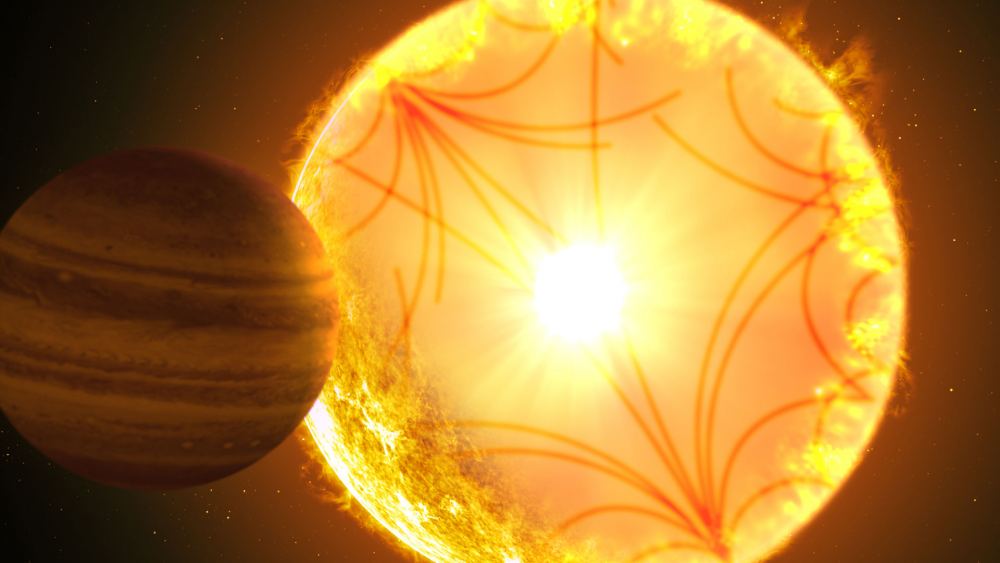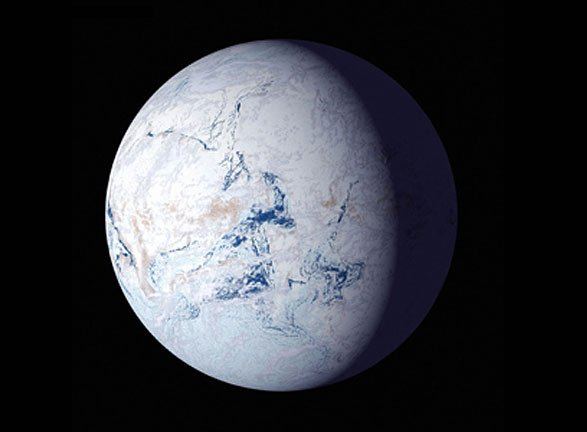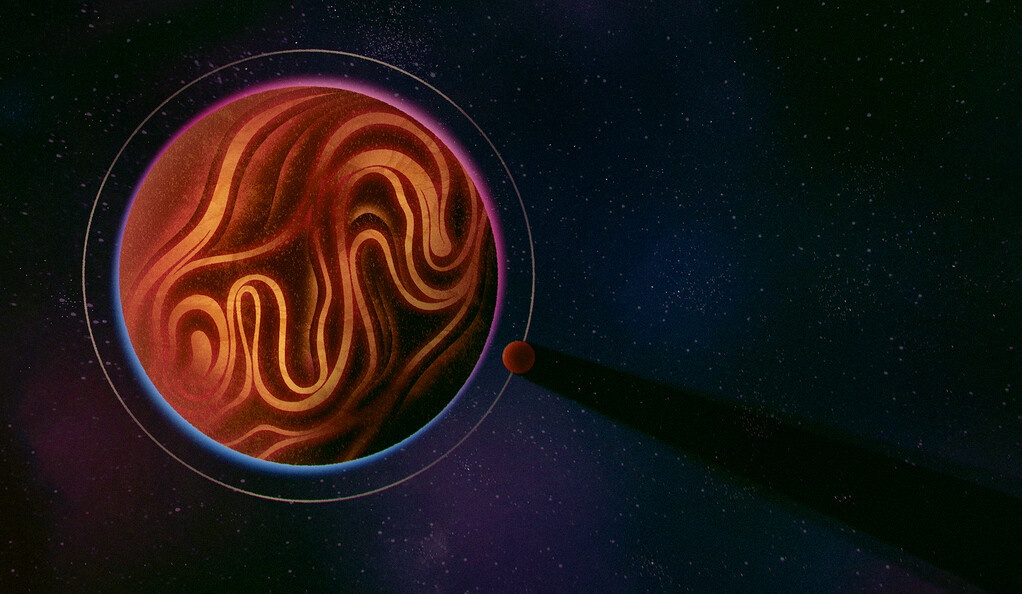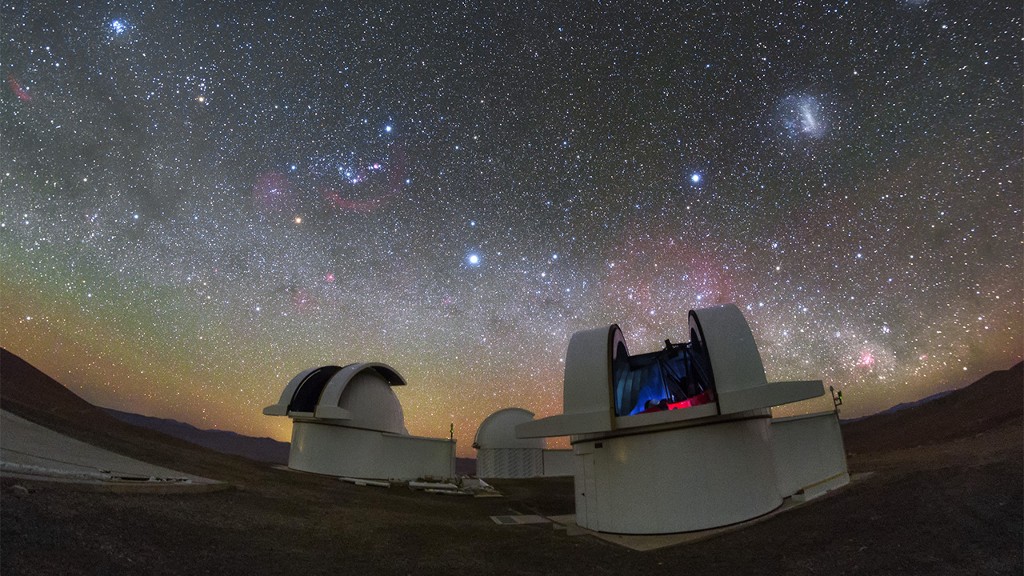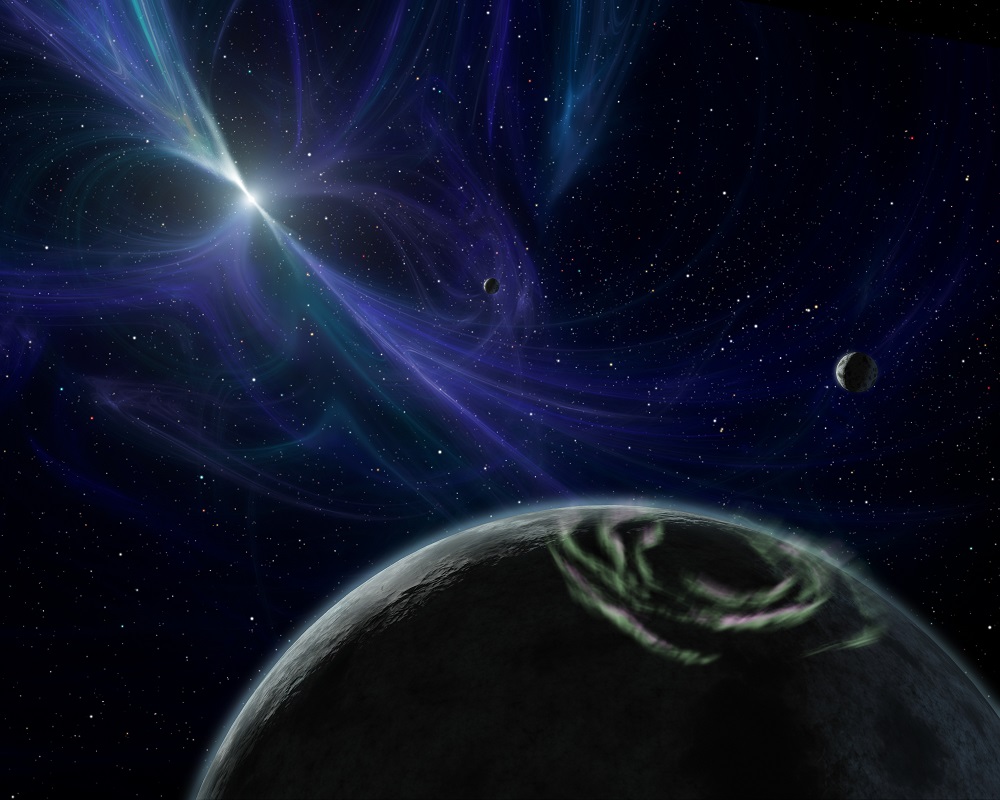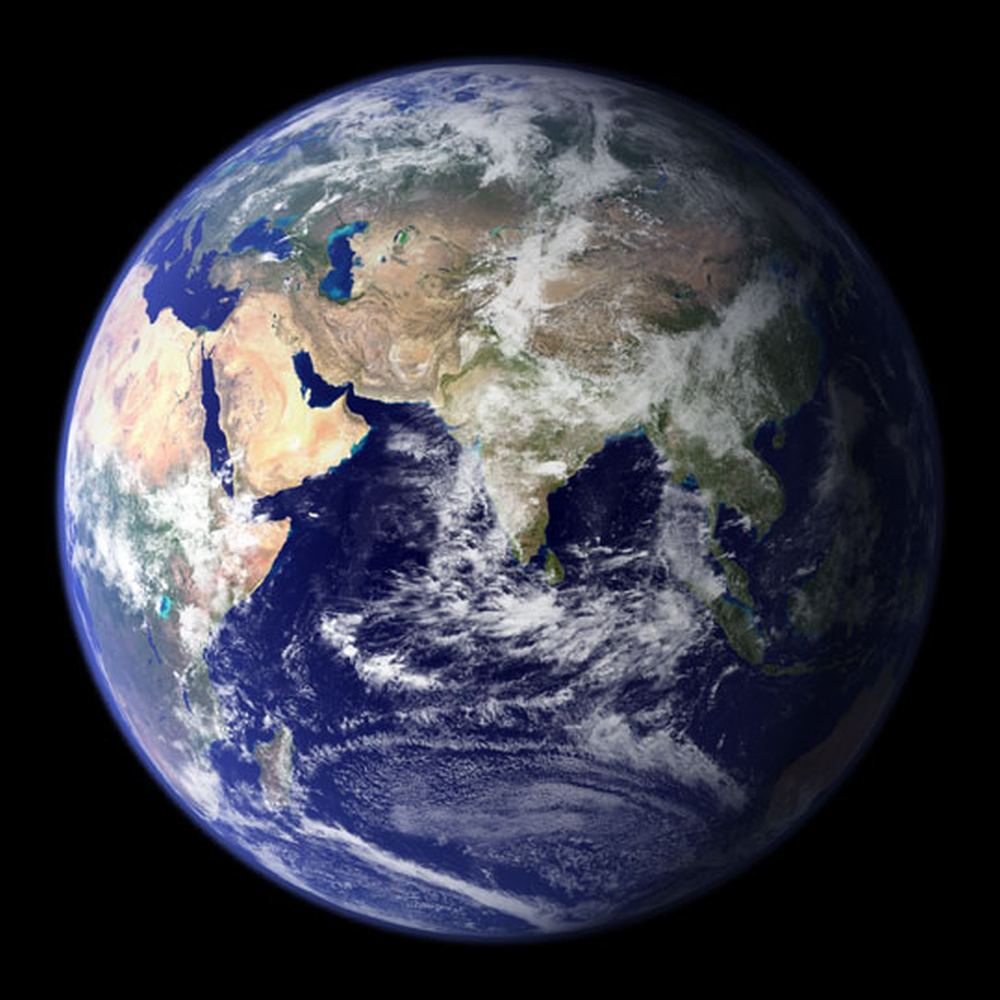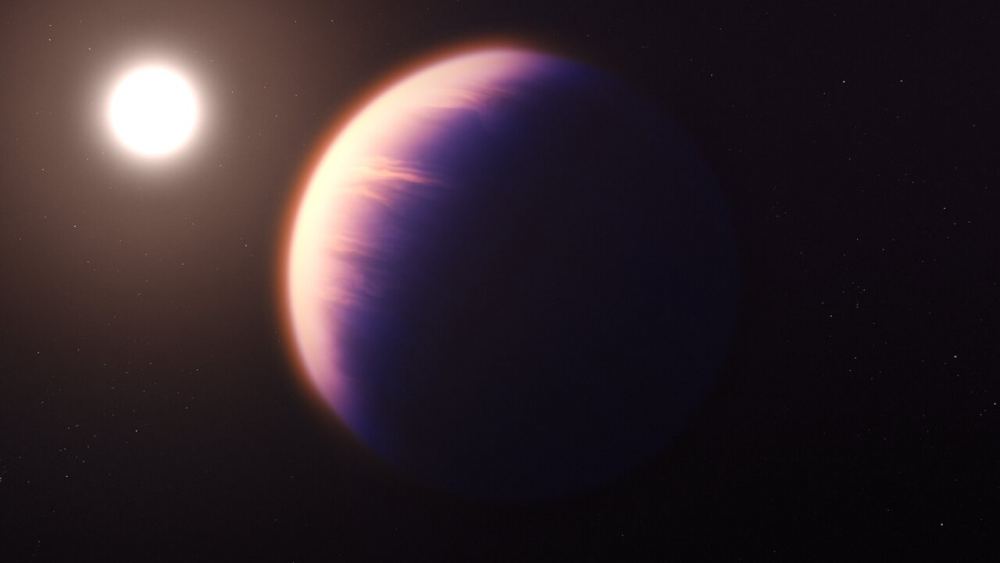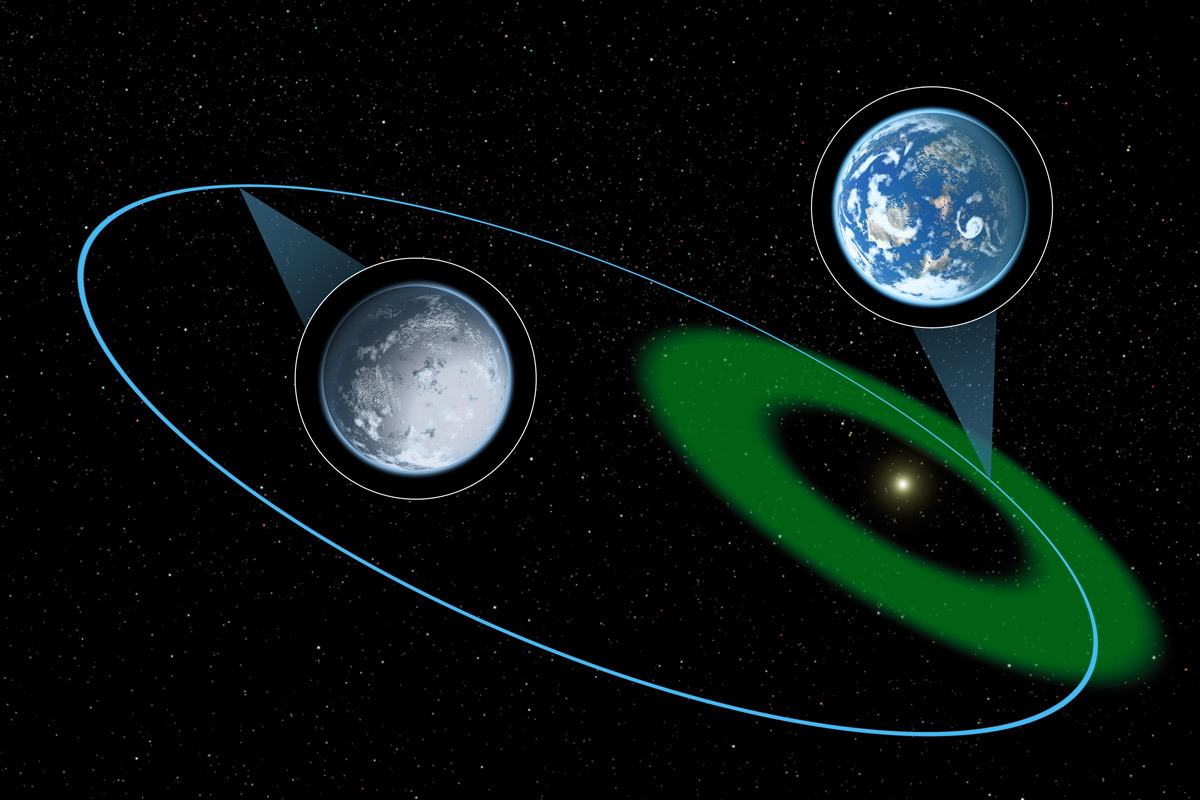The James Webb Space Telescope is the most powerful telescope ever launched into space. That power has led to a string of observational successes: ancient galaxies, obscured star-forming regions, and an exoplanet atmosphere. Now the telescope has identified its first exoplanet, and it’s a rocky planet the same size as Earth.
Continue reading “The Webb Has Confirmed its First Exoplanet, and it’s the Same Size as Earth.”The Webb Has Confirmed its First Exoplanet, and it’s the Same Size as Earth.
